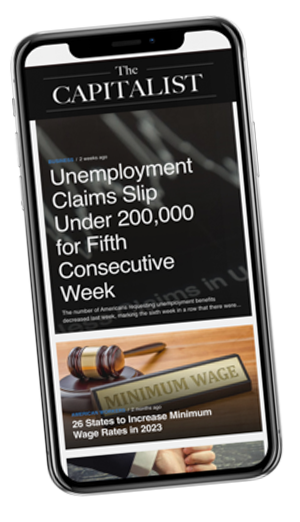Trending News
U.S. crude remains near yearly lows, amid third straight rig build

Investing.com — futures remained near 2015-yearly lows on Friday, as a modest build in oil rigs last week provided fresh concerns of the bearish effects of an increasing glut of oversupply on dwindling oil prices.
On the New York Mercantile Exchange, WTI crude for September delivery traded between $43.81 and $45.15 a barrel, before settling at $43.91, down 0.74 or 1.67% for the session. It marked one of the few times on the calendar year that Texas Light Sweet futures have dipped below $44 a barrel. U.S. crude futures have declined by more than 20% over the last month.
On the Intercontinental Exchange (ICE), brent crude for September delivery wavered between $48.45 and $50.06 a barrel, before closing at $48.64, down 0.88 or 1.78% for the session. The spread between the international and U.S. benchmarks of crude stood at $4.73, above/below Thursday's level of $4.46 at the close.
Oil services firm Baker Hughes (NYSE:) said in its weekly rig count on Friday that U.S. oil rigs rose by six to 670 for the week that ended on July 31, marking the third consecutive week of weekly builds. Oil rigs nationwide have now moved higher in five of the last six weeks, following more than 25 weeks of weekly draws. Last fall, the U.S. oil rig count peaked above 1,500.
Earlier this week, the U.S. Energy Information Administration (EIA) said U.S. crude inventories decreased by 4.4 million barrels for the week ending on July 31, extending a mild draw from a week earlier. At 455.3 million barrels, U.S. crude oil inventories remain near levels not seen for this time of year in at least the last 80 years.
Crude output for the week, meanwhile, rose by 52,000 barrels to 9.465 million barrels per day, following three previous weeks of weekly draws. U.S. crude production remains near its highest level in more than 40 years. It came as Saudi Arabia ramped up production in July to 70,000 barrels to 10.57 million bpd, sparking concerns that the kingdom could average 11 million bpd for the second half of the year.
Last November, OPEC triggered a crash in energy prices with a strategic decision to keep its production ceiling over 30 million barrels per day. Presumably, the world's largest oil cartel concocted the strategy in an effort to undercut U.S. shale producers, which face higher relatively drilling costs than their Saudi counterparts. The shale producers, however, have responded by drilling more efficiently to maintain production levels even as crude prices tumble.
Elsewhere, the dollar moved broadly higher amid solid U.S. jobs figures for the month of July before falling back slightly in afternoon trading. The , which measures the strength of the greenback versus a basket of six other major currencies, surged to a four-month high at 98.41 before turning negative for the session at 97.67, down 0.21%.
Dollar-denominated commodities such as crude become more expensive for foreign purchasers when the dollar appreciates.
Disclaimer: Fusion Media would like to remind you that the data contained in this website is not necessarily real-time nor accurate. All CFDs (stocks, indexes, futures) and Forex prices are not provided by exchanges but rather by market makers, and so prices may not be accurate and may differ from the actual market price, meaning prices are indicative and not appropriate for trading purposes. Therefore Fusion Media doesn`t bear any responsibility for any trading losses you might incur as a result of using this data .
Fusion Media or anyone involved with Fusion Media will not accept any liability for loss or damage as a result of reliance on the information including data, quotes, charts and buy/sell signals contained within this website. Please be fully informed regarding the risks and costs associated with trading the financial markets, it is one of the riskiest investment forms possible.



